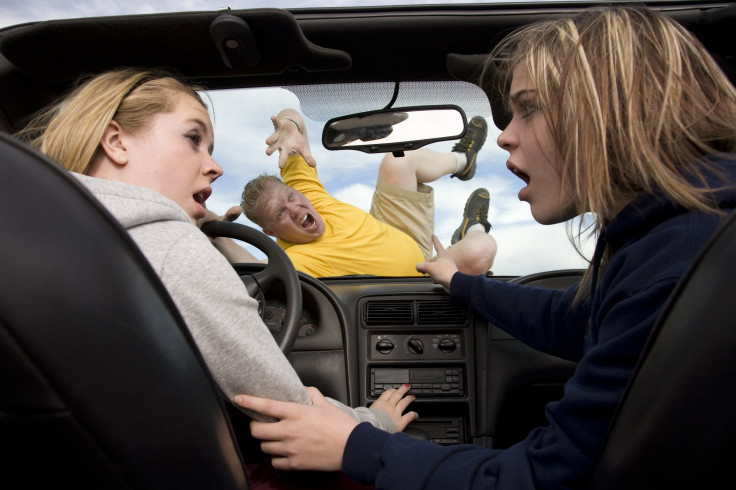Teens More Likely To DWI After Riding With Impaired Driver: Why Drunk Driving May Be A Learned Behavior

Back in the day, America’s Dad thought nothing of driving with a beer in his lap — one for the road with the wife riding shotgun and the kids fighting in the back.
Now, researchers from the National Institute of Child Health and Development say teenagers exposed to drunk driving may be more likely in the future to drive while impaired by drugs and alcohol. “The experience of riding in a vehicle with an impaired driver increased the likelihood of future [Driving While Intoxicated] among teenagers after licensure, Kaigang Li and his colleagues wrote in a study in the journal Pediatrics. “There was a strong, positive dose-response association between [riding with drunk drivers] and DWI.”
Although early licensing of juveniles in some states proved an independent risk for drunk driving, the new findings also point to behavioral influences from parents and peers, suggesting a couple of targets for policymakers in Washington and across the country, the researchers said.
In the study, the researchers examined the influence of such exposures on future incidences of drunk driving among teenagers, using data from a longitudinal study of 10th graders begun in 2009. After running the data through a regression analysis, the researchers found “a strong dose-responsive association” between riding with drunk drivers and driving while drunk. “Teenagers exposed to [drunk drivers]... were substantially more likely to [drive while intoxicated] compared with those reporting” no experience riding with drunk drivers.
Teenagers who acknowledged riding with drunk drivers in the study were 127 times more likely to later admit to driving while drunk, compared to those who had never ridden with a drunk driver. Moreover, teenagers licensed to drive at younger ages were 1.8 times as likely to drive while intoxicated. In helpful advice to policymakers, the researchers suggested that prevention efforts target younger drivers as well as those with earlier exposure to alcohol misuse.
More than 10,000 Americans died in alcohol-related crashes in 2012, according to the National Highway Traffic Safety Administration.



























